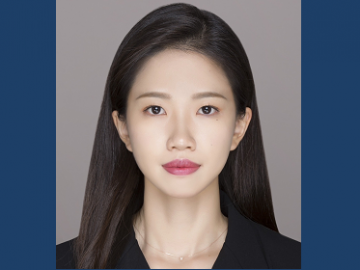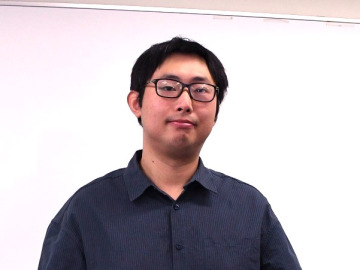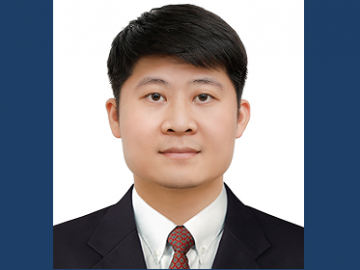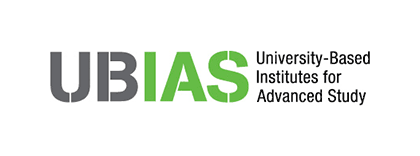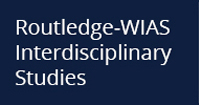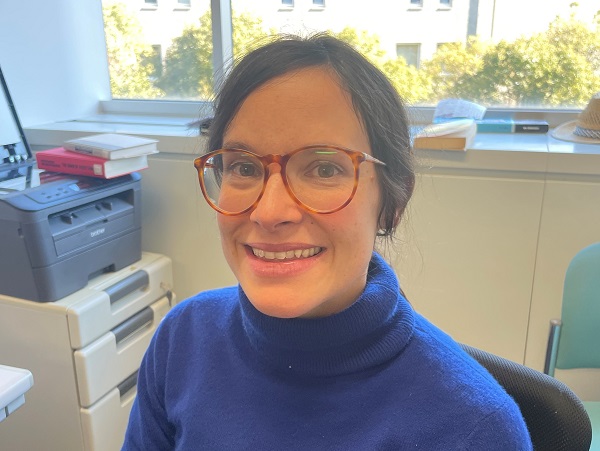
Mathematical challenges
My main research interest here at WIAS is sangaku (算額), votive tablets with mathematical problems on them. It was a widespread custom throughout the Edo period for mathematics scholars to dedicate these tablets in temples and shrines to showcase their knowledge, and also to provide a challenge to rival schools or rival scholars. The custom was closely associated with the rise of small private schools in Japan run by well-educated but financially strapped Samurai, who would offer lessons as an extra means of income.
With the Meiji restoration and the demise of this alternative school system, sangaku as a custom slowly declined. You can still find examples from the 1910s and 1920s, but it eventually disappeared along with the nationwide network of scholars that drove it in the first place.
The objective of my research is to compile an archive of all sangaku that still exist to date, complete with translations of the texts and metadata into contemporary Japanese and English. I would like to make it possible for international scholars to study sangaku as one aspect of Edo Japan’s unique mathematics and also as a social phenomenon.
I would like to make this archive searchable and sortable, because I believe that the data you find on each sangaku helps to map the network of mathematics schools that was present throughout Japan. I believe the sangaku will give us a better idea of the nodes that existed in this network between people in the Edo period. Each sangaku records not just the math problems, but also their authors and the school or master they are affiliated with. If we look at them collectively, they show the spread of scholars and the long-distance relationships they maintained with their masters. In a collection of sangaku problems published by Fujita Kagen (藤田嘉言) in 1789, for example, we find a lot of contributions from students of the famous scholar Fujita Sadasuke (藤田貞資), Kagen’s father. His students dedicated sangaku problems citing him as their master all over the country. So sangaku in that sense are a testament to the elasticity of this network, but also to the spread of people and knowledge.
Wasan: Japanese mathematics
Japanese mathematics itself differs less in content than in discourse and the way this discourse was propelled forward. It was initially catalyzed by Chinese manuscripts imported in the 16th century, for example with the invasion of Korea, when new materials were brought back into the country. During Japan’s period of seclusion, however, Japanese mathematicians developed from that baseline onward in a very specific fashion. Compared to Western mathematics, wasan (Japanese mathematics) didn’t necessarily have a utilitarian focus — it was not always about solving real life problems. In the West, we often regard mathematics as fundamental to the scientific revolution, and the whole glory of mathematics as entwined with its usefulness. Amongst wasan scholars, mathematics was done just for mathematics’ sake, although there were some practical applications, too, of course.
Sangaku essentially mirror a practice that also happened in print, known as “Bequeathed questions,” starting with the second edition of the “Jinkoki” (塵劫記), a famous mathematics manual first published in 1627. In this second edition, the author provided a set of problems without solution that could be used to test mathematics teachers or scholars, or so he said. Other scholars then published books with their solutions to these problems and put new unsolved problems in the appendix. This fashion of back-and-forth, challenging each other publicly to respond to unsolved problems, is what I mean by a discourse driven by the social dimension, by this reciprocity between scholars. This seems rather different from the way mathematical discourse in the West evolved, I believe.
Challenges
This project has been rewarding, but also challenging in many respects. The tablets are written in classical Chinese characters with small diacritics that allow the Japanese reader to re-sequence and augment the sentence to present Japanese content. Unfortunately, my Japanese is not up to the task, but luckily I have some excellent research assistants to help me. I’m working on technological solutions to automatically transcribe and transform the content of sangaku problems into something a modern reader familiar with kanji (Chinese characters) might be able to read more easily, and also automatically translate it into English so non-Japanese speaking audiences also can understand it.
Circuitous route
This project took a rather circuitous route to come into being. I initially studied Classics, meaning Latin and Greek, Ancient philosophy, literature and philology and did a master’s degree in political science and economics. But with my PhD I entered the sphere of early modern intellectual history, and I got interested in the cultural and philosophical impact that mathematical thinking can make. I myself am not great at math, but what interests me is the thinking behind it and how it migrates into other fields.
Tech background
Before I did my PhD, I worked in the tech industry for about five years. During my studies, I was hired by Durham University to help develop an open-source optical character recognition (OCR) solution specifically for historic Latin texts. In the process, my business partner and I co-founded a company together, which developed this technology for historic texts. Leading up to my time in Japan, I was working in that capacity, as well as doing scholarly research on OCR applications.
At the time when I was still working on Latin texts in Europe, I became interested in the astronomy and mathematics the Jesuits brought to Japan in their 16th century missions. The astronomy definitely has a documented afterlife no matter how much it got adapted or changed. What seemed interesting to me was that the Jesuits seemed to have brought Euclid to Japan or to the east and also to China, but it seems to have made nowhere near the impact it made in Europe. Euclid was fundamental in the scientific revolution. But in Japan and China, scholars did not really see the point of it. So, the reception of Western geometry was anything but enthusiastic, but when I was trying to find out why, I came across wasan, and by extension sangaku, and that is how this project came to be.
Digital tangent
Academically, I don’t really have a specialization. I would say I have persistent interests and there’s a digital tangent to most of my projects, which comes out to play quite strongly in this one too. Part of the reason I wanted to build a sangaku archive is that I had a very specific infrastructure in mind, a digital infrastructure that I think will help to disseminate ideas about sangaku and also make it easier for people to share and publish about them, which I think is going to go back to the original function of their being hung up in temples and shrines where the footfall of people would do its best to disseminate these mathematical problems in people’s minds.
Coverage/Constitution: Robert Cameron
Cooperation: Graduate School of Political Science, Waseda University, J-School

